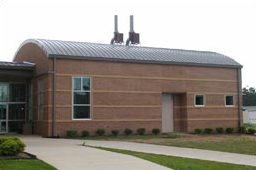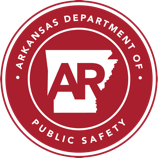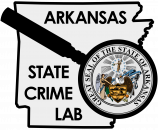Driving Directions to the Hope Regional Laboratory

Arkansas opened its first regional crime laboratory on April 12th, 2004 in Hope. The laboratory currently offers testing for cases involving suspected controlled substance violations. The facility, located on the campus of the University of Arkansas Community College at Hope (UACCH), consists of approximately 2200 square feet of administrative, evidence storage, and laboratory areas.
Processing of a case begins with the submission of evidence by a law enforcement agency. Evidence Technicians inspect the incoming evidence to ensure that it is properly packaged and sealed. These technicians then catalogue the incoming evidence along with associated case information into a computer based Laboratory Information Management System (LIMS). Each evidence container is assigned a unique barcode by which the evidence can be tracked as it moves through the laboratory.
Forensic Chemistry
Forensic Chemists begin the process of analyzing evidence by documenting the appearance and sealing of evidence packaging. After opening the package, the chemist inspects one item after another, recording item descriptions which often include an item’s weight. A sample for further testing is taken and the item is resealed.

Chemists use techniques such as Thin-Layer Chromatography (TLC), Gas Chromatography (GC), Fourier Transform Infrared Spectroscopy (FTIR) and Gas Chromatography-Mass Spectroscopy (GC-MS) to qualitatively analyze the samples. Gas Chromatography is typically the method of choice if quantitative analysis is necessary.
The chemist summarizes their analytical findings in a written report for each case. The report and the evidence are then available for the submitting law enforcement agency to pick up.


